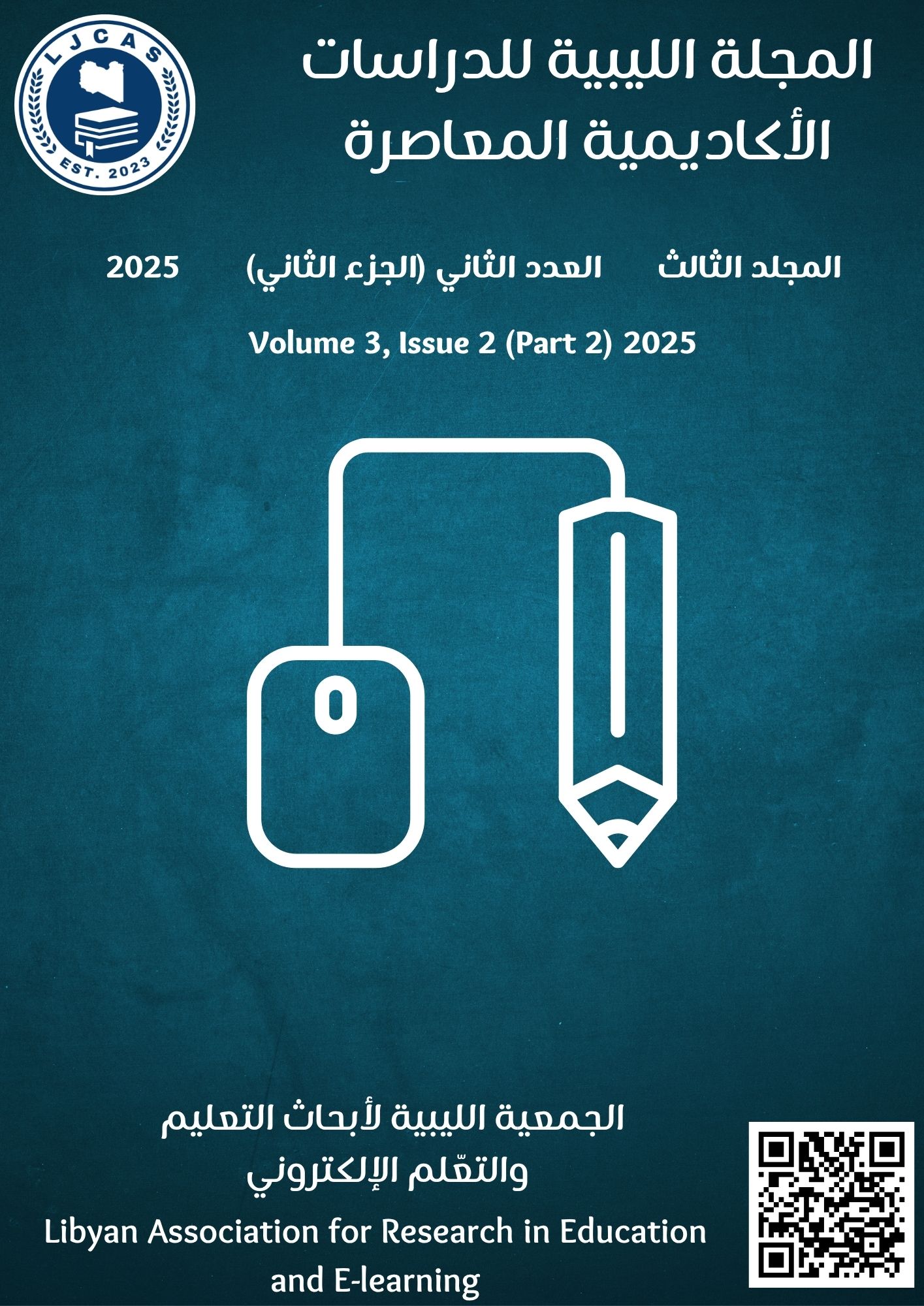Causal Relationship Analysis Between Financial Expansion and Components of Balance of Payments An empirical study of Libyan economy during the period (1980-2020)
Keywords:
Financial Expansion, Balance of Payment, Causal Relationship, Current Account, Capital Account, Net Balance of Trade, Libyan EconomyAbstract
This study aimed at analyzing the causal relationship between financial expansion and the components of the balance of payments in Libyan economy during the period (1980-2020) and the extent of their causal relationships, whether one-way or two-way. The study used the Toda-Yamamoto methodology to identify the causal relationship in the long run. A descriptive analytical approach was also used, based on official data and statistics. The study relied on time series data for the period (1980-2020), using a standard model and statistical significance to analyse the causal relationship between the study variables. Libyan economy represents the study population, while the study sample represents an annual time series extending from 1980 to 2020. The importance of the study lies in its use of a standard method and approach, using the Johannes methodology to measure the relationship between variables and the Toda-Yamamoto methodology to understand the causal relationship between financial expansion and the components of the balance of payments in Libyan economy, and thus understand the role of financial policy in improving the position of the components of the balance of payments. This is something not found in previous studies. The study concluded that there is a reciprocal causal relationship. There is a statistically significant of two-way causal relationship between financial expansion and the capital account, and there is a statistically significant of one-way causal relationship between both the current account and the trade balance.






